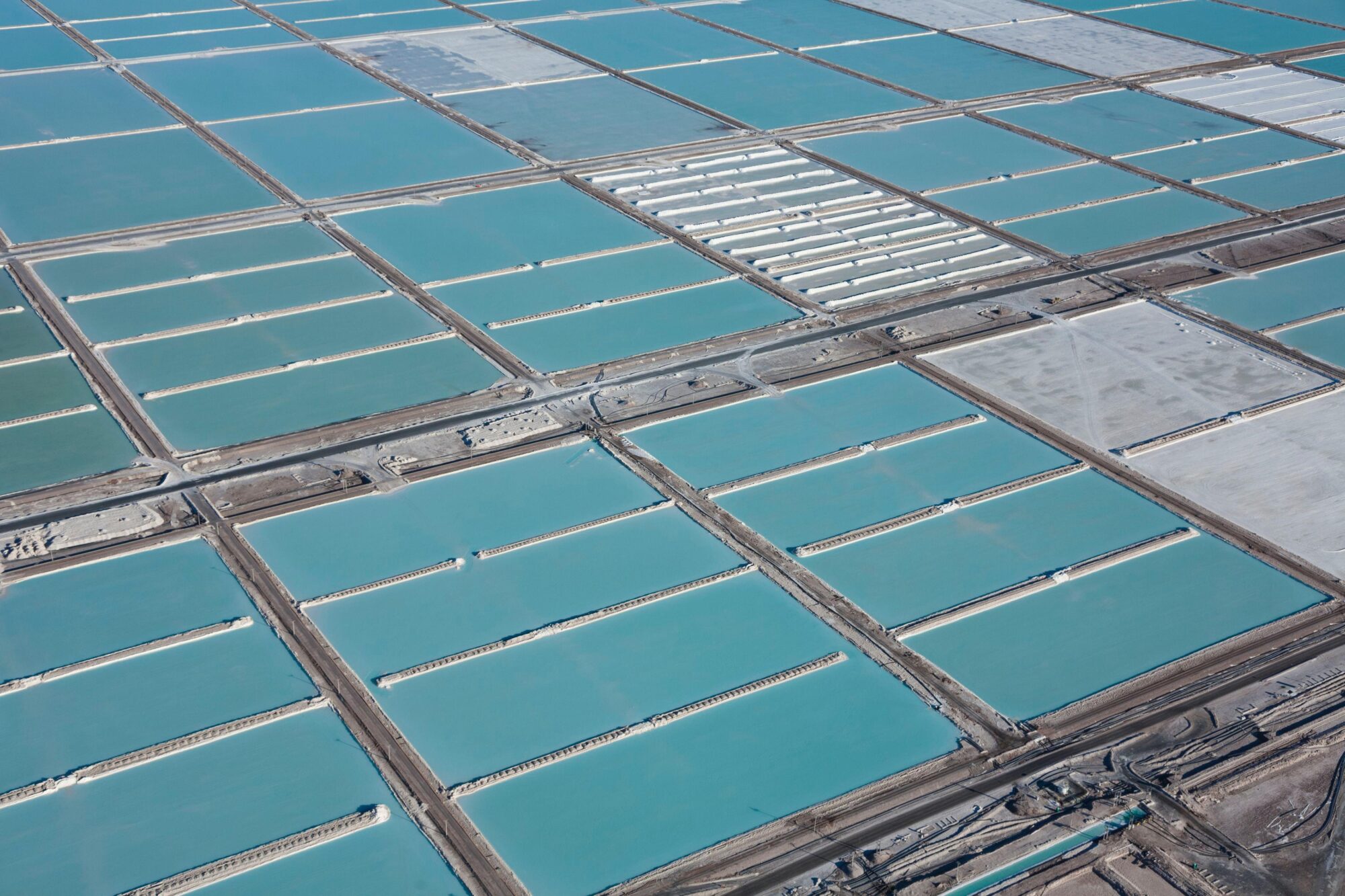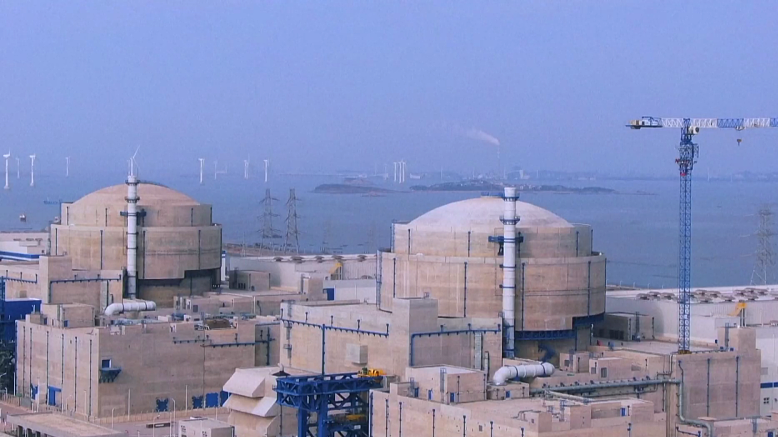EU Goes on China Trade Offensive After Getting Played for Years
(Bloomberg) -- European Commission President Ursula von der Leyen is unleashing a barrage of trade restrictions against China as she seeks to follow through on a pledge to make the EU a more relevant political player on the global stage.
In addition to an investigation into Chinese subsidies for electric vehicles, the European Union is also investigating whether Beijing provided illegal support for windparks on the continent, it has brought subsidy probes into solar and railway firms and will shortly launch an inquiry into China’s procurement of medical devices.
The deluge of investigations is a reflection of the EU’s increasingly assertive approach to China, threatening restrictive trade measures that could result in tariffs, cutting China off from European markets, and potentially leading to a trade war. But for some, it’s a matter of the EU finally taking steps to make international trade fair again.
“We recognize what we see as the Chinese playbook,” Margrethe Vestager, the EU’s competition chief told Bloomberg Television last week. “Knowing you have been played teaches you that you need to watch out, to be much more observant and to take better actions.”
European officials including former European Central Bank President Mario Draghi have argued that China’s trade abuses are at the heart of the biggest social and political problems that have plagued Europe and the US over the past 20 years. The lack of international rules and dispute settlements created unfair competition that led voters to turn against democratic values because, Draghi said in a February speech, they “justifiably felt they have been left behind.”
The EU’s approach aligns with some Western allies, who are taking a firmer stance with Beijing. US Treasury Secretary Janet Yellen traveled to China earlier this month, saying that the vast output of its factories had become a global problem. The US won’t take “anything off the table,” including the possibility of additional tariffs, to stem the flood of Chinese goods, she told CNN over the weekend.
German Chancellor Olaf Scholz, who is visiting China this week, warned officials in Beijing to address overcapacity and to treat foreign companies better, saying “competition must be fair.”
EU leaders will this week step up efforts to defend the bloc against unfair trade practices as part of its efforts to come forward with a new competitiveness deal, according to draft conclusions for the summit seen by Bloomberg. The document highlights that the bloc is facing increasingly “assertive policy measures” by rivals, most notably when it comes to subsidies.
It’s in the area of clean tech where the EU is most fervently fighting to stave off competition from cheap Chinese imports of everything from EVs to solar panels. An industry backlash has raised concerns that its domestic green technologies could be hijacked during the transition to net-zero by the middle of the century.
Over the past decade, China has come to dominate the market for clean tech, with domestic industries buoyed by massive support from the state. Take the wind sector as an example. Companies are able to sell products on average 20% lower than European and US peers, backed by deferred payments systems. The EU has a trade balance deficit of €462 million last year, according to the commission.
The EU said last month that it had found “sufficient evidence” that the imports of new battery electric vehicles from China received subsidies including direct transfer of funds, tax breaks, or public provision of good or services below market prices. This means the bloc could introduce provisional tariffs on Chinese imports by July, with definitive duties hitting by November.
The EU is also using a new tool — its foreign subsidies regulation — to crack down on bidding from Beijing for a railway tender in Bulgaria, as well as solar parks in Romania. Vestager last week announced an early-stage probe of Chinese involvement in wind parks in Spain, Greece, France, Romania and Bulgaria.
“We are using our trade tools and our tools that come with the foreign subsidies regulation in full in order to restore fair competition,” Vestager said.
The bloc has also started surveying its industry about the use of Chinese legacy chips, which could see action taken in future against older — but widely used — semiconductors.
The investigations are part of a concerted EU drive to keep global markets open and based on rules, protect supply lines and bring production closer to home. The moves have tested relations with Beijing, which has launched its own investigations into EU trade practices.
French Finance Minister Bruno Le Maire also issued a warning on Monday about fair competition. “Europe must assert its economic interests between an increasingly protectionist US and China’s industrial over-capacity that risks overflowing into the European market,” he told reporters.
The EU is also set to launch an investigation into China’s procurement of medical devices in a bid to address concerns that Beijing unfairly favors domestic suppliers, Bloomberg reported Monday.
These trade measures are not just “symbolic,” said Maximo Miccinilli, head of energy and climate at the consulting firm FleishmanHillard EU. The “EU is working really working hard case by case and will continue to do so, providing there is no u-turn on trade after elections, which I do not expect,” he added referring to the region’s vote in two months time.
When the EU put forward it’s Net Zero Industry Act last year — a plan to make sure 40% of the EU’s clean tech needs were produced domestically — the focus was clearly on trying to rival the US’s enormous package of support under the Inflation Reduction Act. Since then, the focus has moved squarely toward China, including through the insertion of provisions in the NZIA to make sure that Chinese firms find it more difficult to bid for renewable energy contracts.
But ridding itself of cheap Chinese clean tech may hamper its ability to slash emissions by 55% this decade, with the bloc already off-track. Vestager has warned that other sectors, like EVs or chips, could share a similar fate to solar panels, which the EU has lost out on since investing heavily in the technology over a decade ago. Now more than nine in 10 are produced in China.
“The EU must ensure that all rules applied to domestic players are also applied to foreign players acting in its market,” said Simone Tagliapietra, a senior researcher at the Bruegel think tank. “Its all about level playing field, not about trade wars.”
(Bloomberg) -- European Commission President Ursula von der Leyen is unleashing a barrage of trade restrictions against China as she seeks to follow through on a pledge to make the EU a more relevant political player on the global stage. Most Read from BloombergIran’s Attack on Israel Sparks...

www.yahoo.com







